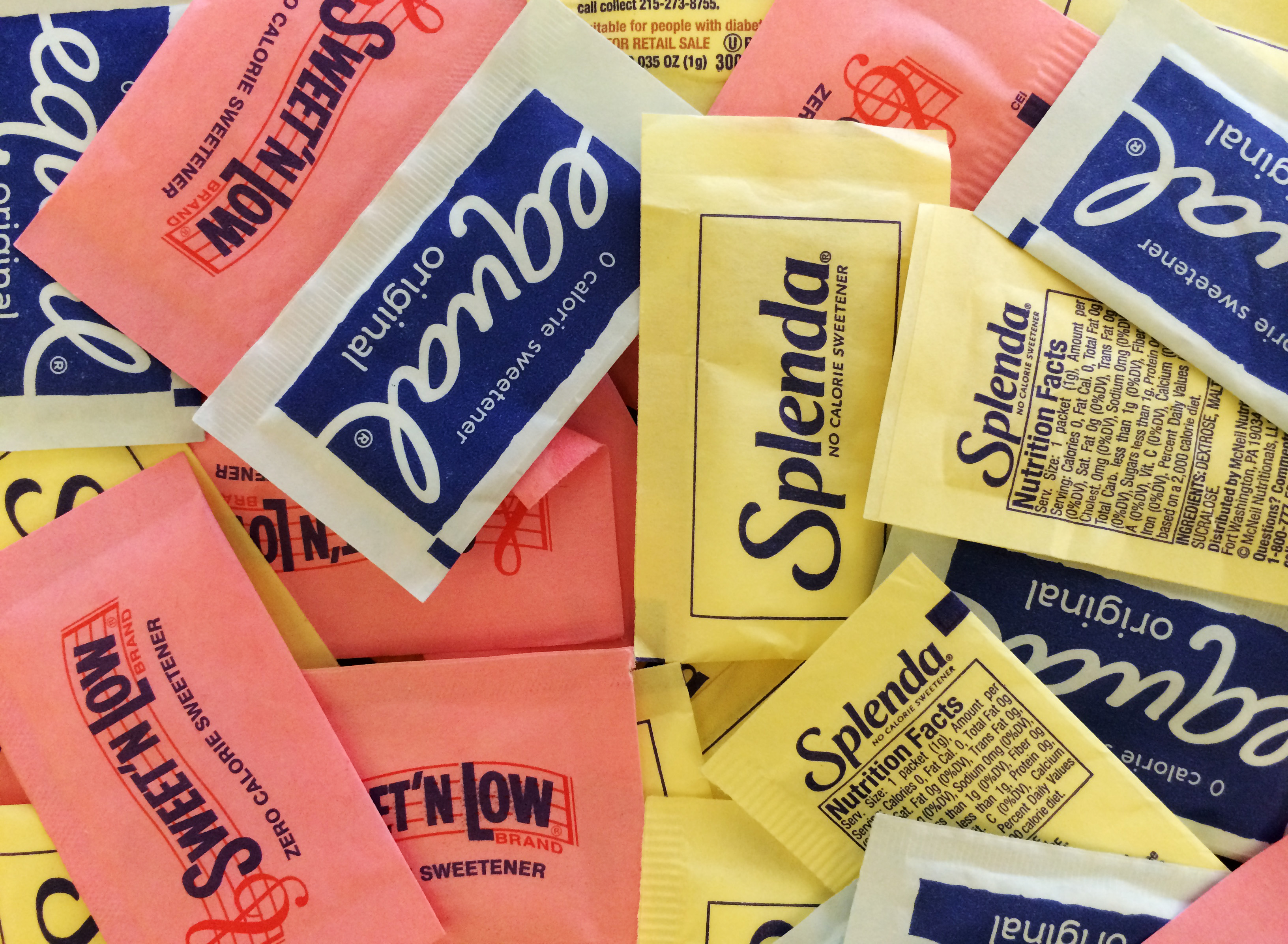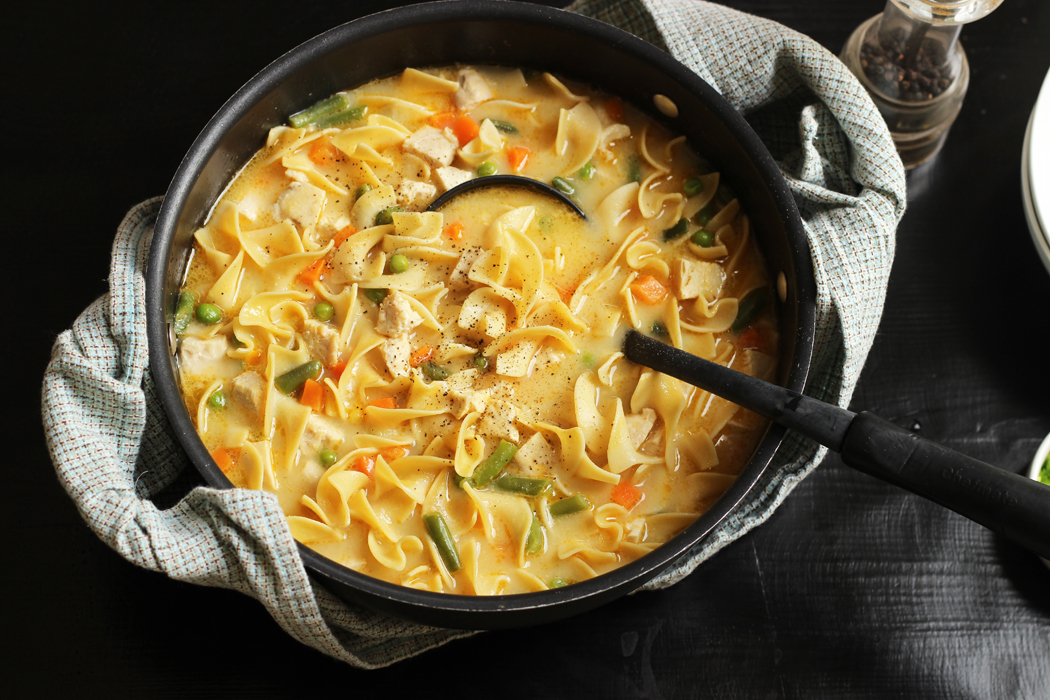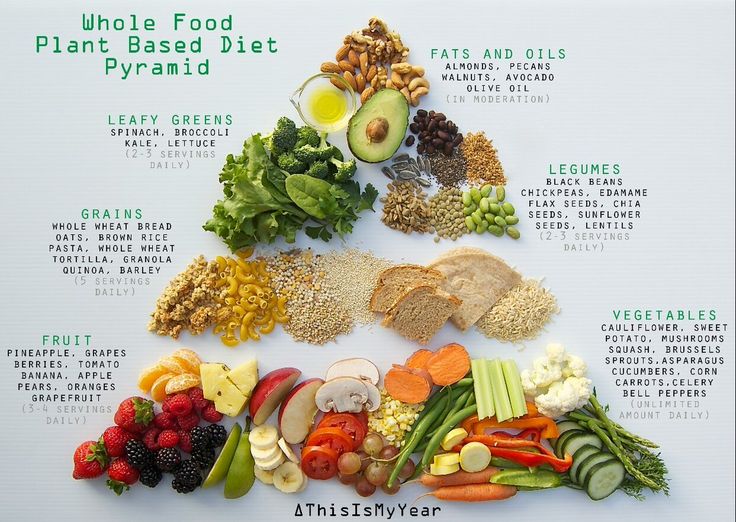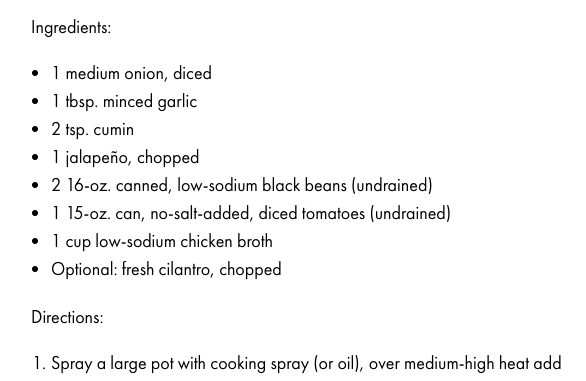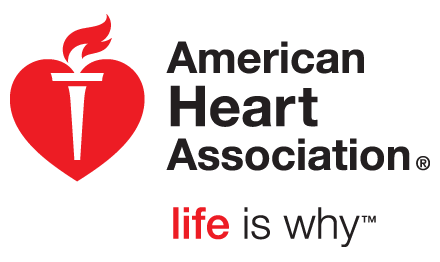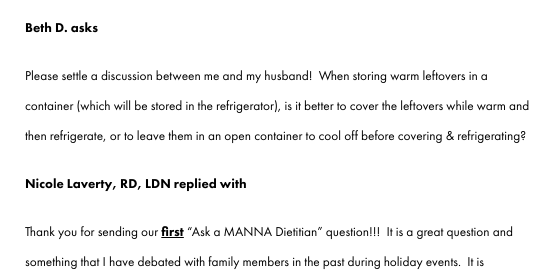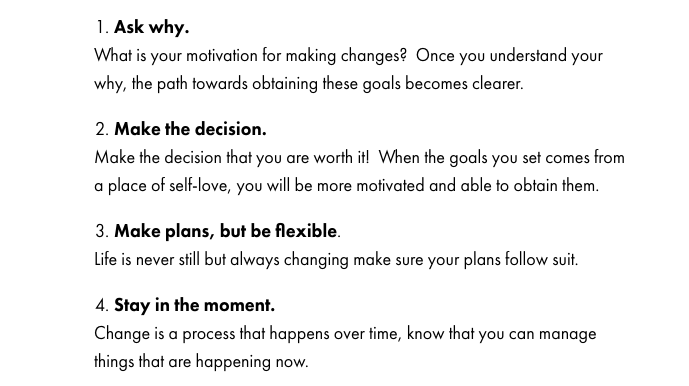Ian Hussey, Shut Up & Dance Producing Director
The 25th anniversary of Shut Up & Dance will be Ian Hussey’s fourteenth year performing in it. Now in his sixth year as the producing director, Ian still thinks of Shut Up as “one of the most wonderful nights of [his] life, every single year.”
Shut Up & Dance has always held an element of wonder. Maybe that’s why it has continued to thrive, enchanting Philadelphians for two and a half decades, growing up alongside MANNA. What started as a small family and friends affair has evolved into a well-known, highly-attended performance at the Forrest Theatre, just as MANNA has grown from a grass-roots initiative in a church basement to a nutrition-based nonprofit establishing itself as a thought leader.
Ian recently took the time to tell us a little about his Shut Up & Dance story.

Photograph by Vikki Sloviter
The Beginning
When Ian was growing up in Philadelphia, he would see posters around town for a dancer-curated performance called “Shut Up & Dance.” While the posters sparked his familiarity with the burgeoning show, he never had the opportunity to attend. Fortunately, he later ended up joining the Pennsylvania Ballet and was introduced to the reward of dancing for this annual tradition of collaboration with MANNA.
As a young dancer in the company, Shut Up was a great opportunity to get out there and take on more central roles. But quickly, it came to mean much more. MANNA’s community-centric model, rooted in compassion, resonated deeply with Ian. The opportunity to contribute to MANNA’s mission through his life’s art was an unparalleled experience. The fulfillment he found in this benefit performance, a show with a more raw and boundless format, was enough to ensure he stuck with it for years.
As Ian said, “I think being a dancer and being able to put on a show like this, one that not only brings so much joy to the MANNA family but also the dance community, is amazing. MANNA does such important, good work for our community and contributing to that is an opportunity most of us [dancers] don’t ever really get a chance to do. And we get to do it every year! It’s incredibly rewarding.”
The Preparation & Excitement
Because Shut Up is a voluntary project for the dancers, preparation time for the performance is found in-between practice for other shows with the Pennsylvania ballet. Dancers squeeze rehearsal time into treasured morsels of spare minutes and whenever a studio is open – lunch hours, after hours, breaks. When the week of the show arrives, the final bursts of adrenaline really kick in.
While it can be stressful, this is an aspect of the show that makes it so unique for the dancers. Ian explained the consensus among his colleagues is that performing for Shut Up is ‘a roller-coaster of emotions,’ a babbling stream of nervous electricity and delightful anticipation.
For Ian, one of his favorite parts of the show is “the journey of the whole thing culminating backstage. Everyone is back there, watching each other and supporting one another and all of the nerves and excitement and energy of the show is something you can really feel when you’re on stage, off stage, and the audience is making noise. All of the memories are pretty amazing.”
The space for creativity within the show is what makes it unique for the dancers and audience alike. Ian explained, “People love Shut Up and Dance because they have no idea what the heck they got themselves into, no idea what’s about to happen. You walk in, and the theatre is a little stripped down, and the dancers are warming up on stage, and there’s this energy of, ‘this is about to happen.’”
The Embarrassing/Funny Moments
Ian remembers one show in particular, before he was the director, when he was playing a secret service agent. He had on pants with buttons so he could rip them off and run across the stage in little green booty shorts. The plan was that once he ripped off the pants, all the dancers would come on stage and fly away in a sort of jazz run.
Except, after Ian ripped off the pants, things quickly went awry. As he remembers, “I don’t know what happened, but I had a total spazz moment. I ended up doing the jazz runs but with the same arm and leg, flying down… and then my glasses were falling off! So I’m the central person doing all of these moves and I’m an utter disaster. It was a disgrace to dance everywhere.”
The jazz runs may have descended into chaos, but it didn’t matter. Because Ian wasn’t performing to refine his reputation, but to contribute to MANNA and the community. If the audience was laughing and enjoying themselves, it was a success.
The Evolution
When recalling the epic odyssey of Shut Up, Ian said, “I’ve seen Shut Up & Dance grow up and mature a lot. It will and should always be the grassroots of the dancers of the PA ballet choreographing the night. But now we’re bringing in other companies from the Philadelphia area and having that be part of the show. Beyond ballet dancers we have had exciting acts – acrobatic acts, tap dancers, cabaret.”
“And now we are taking it in a totally new direction with Martha Graham Cracker. I think with her, moving forward the show will hopefully grow bigger and bigger. Every year we have to do crazier things. Where do you go from crazy? You just go crazier.”



